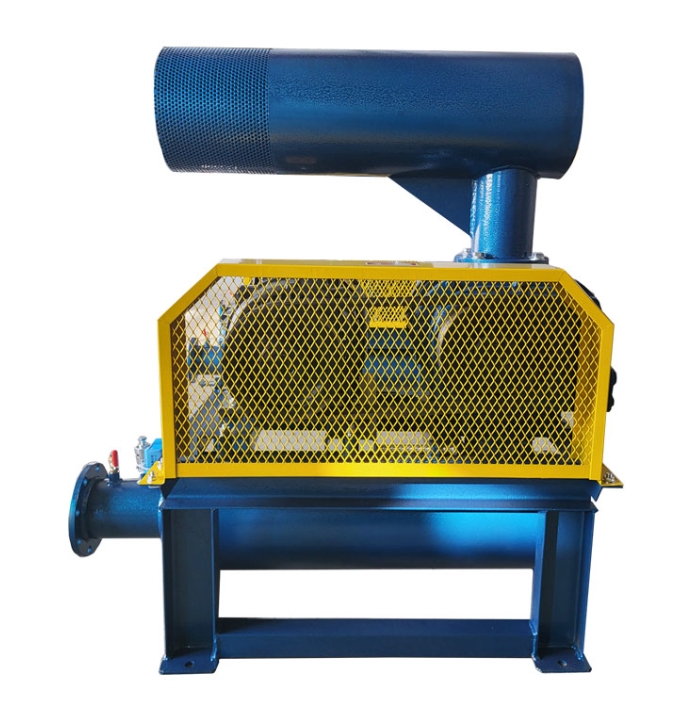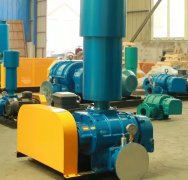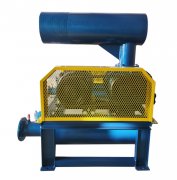Roots blower: Analysis and application guide
Pain point: Why does your Roots blower always have problems?
Many factories and workshops often encounter problems such as loud noise, low efficiency, easy overheating, and even sudden shutdown when using Roots blowers. This not only affects production efficiency, but may also bring additional maintenance costs. In fact, these problems often stem from improper selection, non-standard operation, or inadequate maintenance. Today, we will discuss the correct use and maintenance methods of Roots blowers from multiple perspectives.
---
1 * * Selection: Only by matching the requirements can it operate**
Roots blowers are not 'bigger, better', nor 'more expensive, better'. When selecting, it is necessary to consider:
-* * Airflow and pressure * *: Select appropriate parameters according to process requirements to avoid "small horses pulling big cars" or "overusing talents".
-Material: When transporting corrosive gases, stainless steel or special coated models should be selected.
-* * Environmental adaptability * *: Additional protective measures are required for environments with high temperatures, high humidity, or high levels of dust.
**Common misconception: Blindly pursuing low prices and ignoring actual working conditions can lead to a shortened lifespan of the fan.
---
2 * * Installation: Details determine stability**
Improper installation is the root cause of many faults, and it is important to pay attention to:
-* * Stable foundation * *: The concrete base can effectively reduce vibration and noise.
-* * Pipeline connection * *: Use soft joints to cushion vibrations and avoid rigid connections causing rupture.
-Ventilation and heat dissipation: Ensure sufficient space around to dissipate heat and avoid high temperature alarms.
**Tip * *: After installation, conduct a no-load test run to check for steering and abnormal noise.
---
3 * * Daily maintenance: the key to extending lifespan**
Roots blower is "three parts for use, seven parts for maintenance", and regular maintenance is essential:
-Lubrication Management: Regularly replace gear oil (recommended every 2000 hours) and add high-temperature grease to bearings.
-* * Filter cleaning * *: Blockage of the intake filter can cause a decrease in air volume, it is recommended to check it weekly.
-Belt adjustment: Both too tight and too loose can affect efficiency, and there should be a sinking of 10-15mm when pressing with fingers.
**Warning: Ignoring maintenance may result in rotor jamming and double repair costs!
---
4 * * Troubleshooting: Tips for Quickly Resolving Problems**
Don't panic when encountering problems, first self check these common situations:
-* * Sudden increase in noise * * → Check if the anchor bolts are loose and if the belt is worn.
-Insufficient air volume may be due to filter blockage or pipeline leakage.
-Overheating of the machine body → Insufficient lubrication or high ambient temperature, shutdown for cooling is required.
**Emergency plan * *: Prepare a set of vulnerable parts (such as belts, filters) to reduce downtime.
---
Conclusion: Making good use of Roots blowers is actually quite simple
As an "old cow" in the industrial field, Roots blower can operate stably for a long time as long as the model is selected correctly, installed in a standardized manner, and maintained regularly. Remember, the cost of preventive maintenance is much lower than that of fault repair! If you have any specific questions, please feel free to leave a message for discussion~



